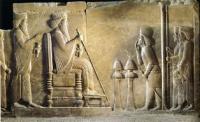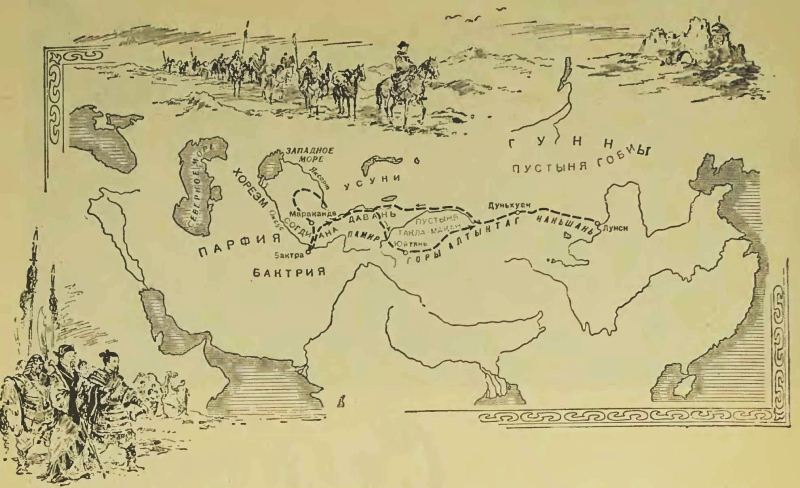You are here
Great Silk way.





Trips on Silk way of Central Asia.
“An ancient burial site will always hold clues as to who the people were, and to who we are”
Anthony T. Hincks.
Great Silk Road in Uzbeekistan & Kazakhstan.
Great Silk Road as a trading route took start in III century B.C. and existed till XVI century. Many devastating wars, destructions, big fires, famine and torture experienced the ancient, trading cities located along the Silk Road.
One of them have sunk into oblivion, having left descendants ruins fanned by legends, others many time blazed on fire, perished and again revived to amaze the world with riches, blue of domes, openwork terracotta band of the mausoleums and mosques.
For centuries multilingual, eastern markets(bazaars) rustled, through hundreds of years on dusty caravan roads were carried silks and precious stones, spices and dyes, gold and silver, exotic birds and animals for sale to Europeans.
The great Silk Road, one of the most significant achievements in the history of the world civilization. The branched out networks of caravan roads crossed the Europe and Asia from the Mediterranean up to China and served during the epoch of an antiquity and the Middle Ages as the important means of trading communications and dialogue between cultures of the West and the East.
Most prolonged main route of the Silk Road passed through the territories of the Central Asia, including Kyrgyzstan. Caravans, loaded by silk from China, by spices and semi-precious stones from India, by silver products from Iran, by the byzantine cloths, afrosiab ceramics and many other goods went on deserts of Kara Kum and Kyzyl-Kum, through the oasis’s of Merv and Khoresm, boundless steppes Sary Arch; overcame passes of Pamir, Тian-Shan, Altai, were forwarded through the rivers Murghab, Amu- Darya and Syr-Darya.
On the way of caravans rich cities, trading-craft settlements, and the caravan sheds began to arise and blossom.
Turkmenistan: Merv, Kunya-Urgench. Uzbekistan: Bukhara, Samarqand, Khiva.
Kazakhstan: Otrar, Turkistan, Taraz, Isfidjab.
Kyrgyzstan - Djyul, Suyab, Novokent, Bolosogun, Borskoon, Tash Rabat, Osh, Uzgen.
Though routes of the Silk Road varied, it is possible to allocate two basic lines connected the East and the West:
Southern Silk Road – from the north of China through Central Asia to the Middle East and Northern India;
Northern Silk Road – from the north of China through Pamir and Aral to the lower of Volga and to the basin of Black sea.
Between southern and northern road there were some connecting and intermediate routes. Eventually the network of communications became more and more dense, including more and more branches. The basic routes moved that on northern and southern road.
Let’s go to journey! And you will see magnificent architectural constructions, will get acquainted with the picturesque nature, you will feel a hot wind of deserts, will see dazzling tops of mountains, be amazed with beauty of soaring birds. Look in the past and in it you will see present day.
Happy travel on great epoch and legendary Silk Road together with “Silk Road Adventures”!








